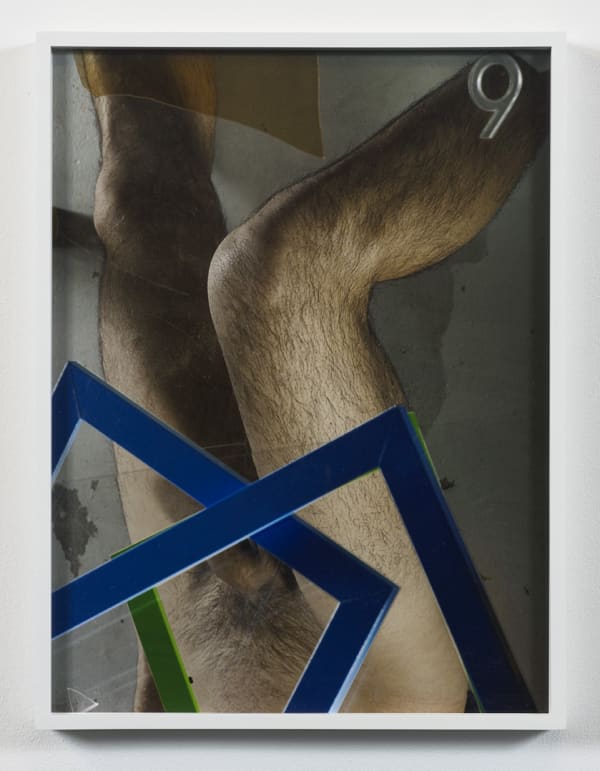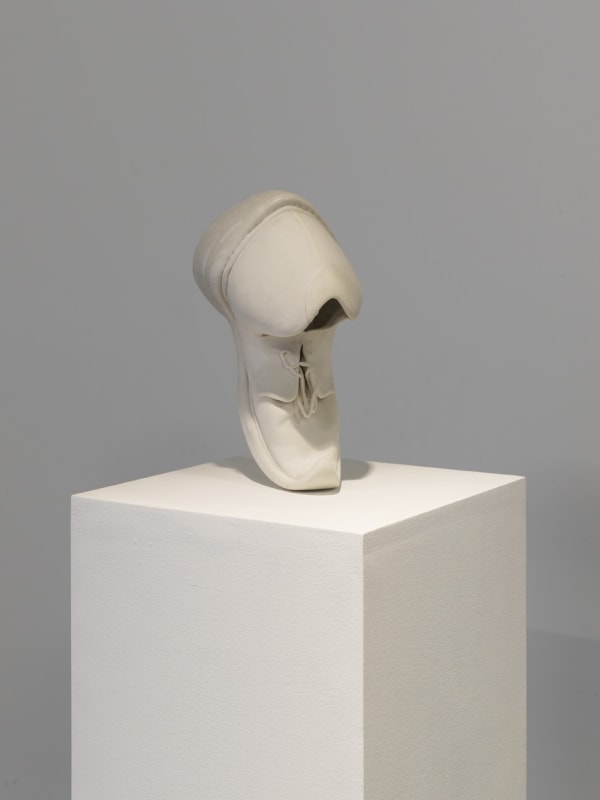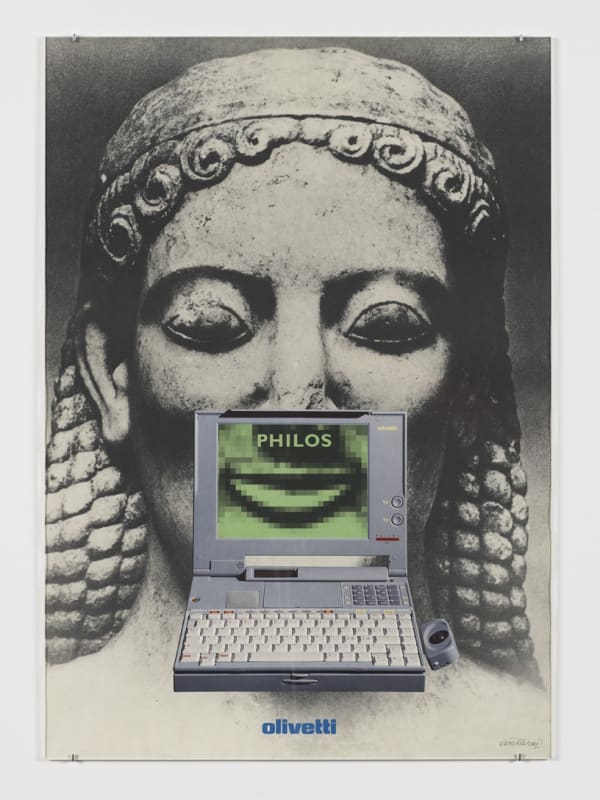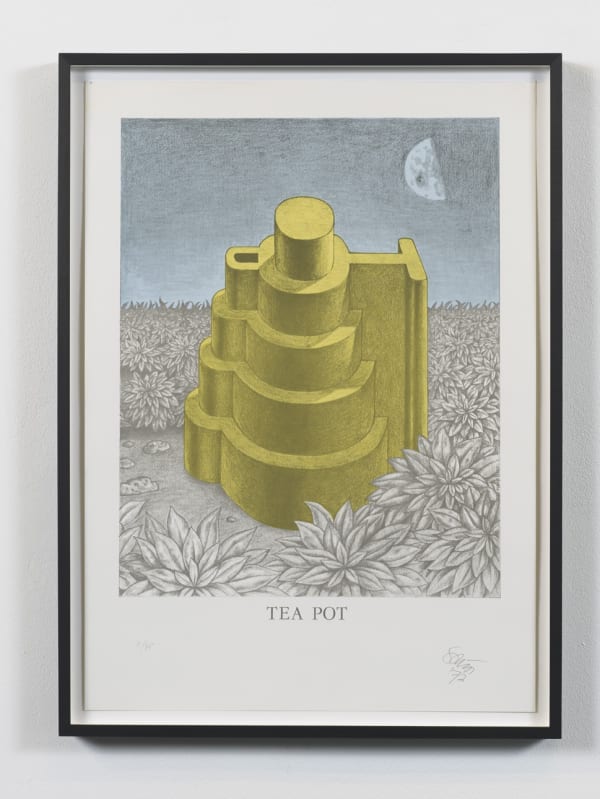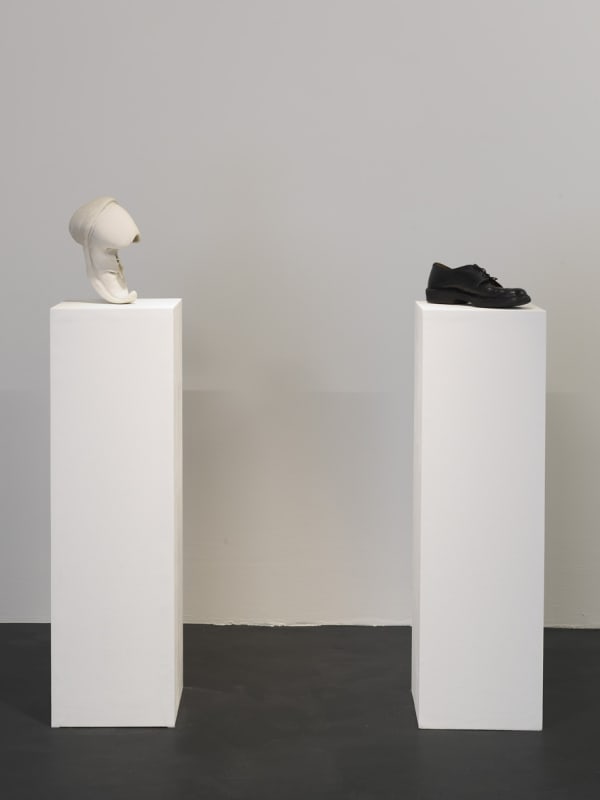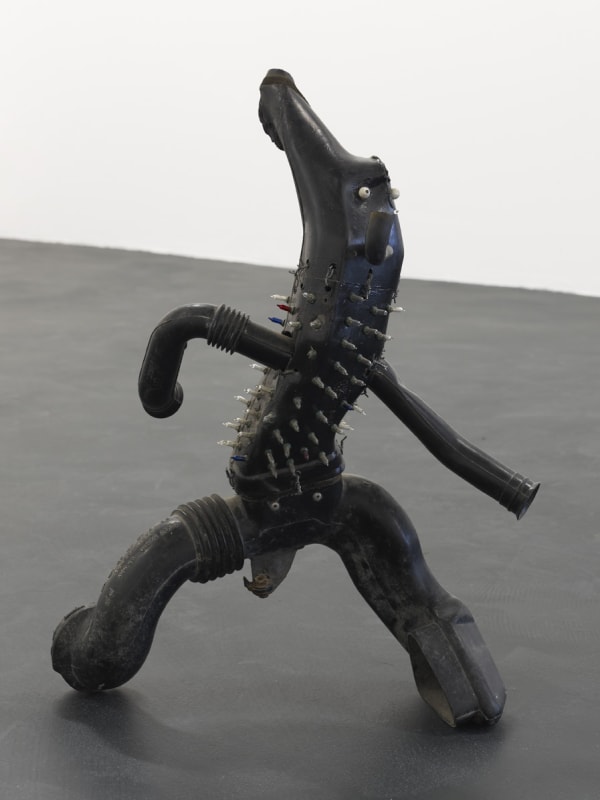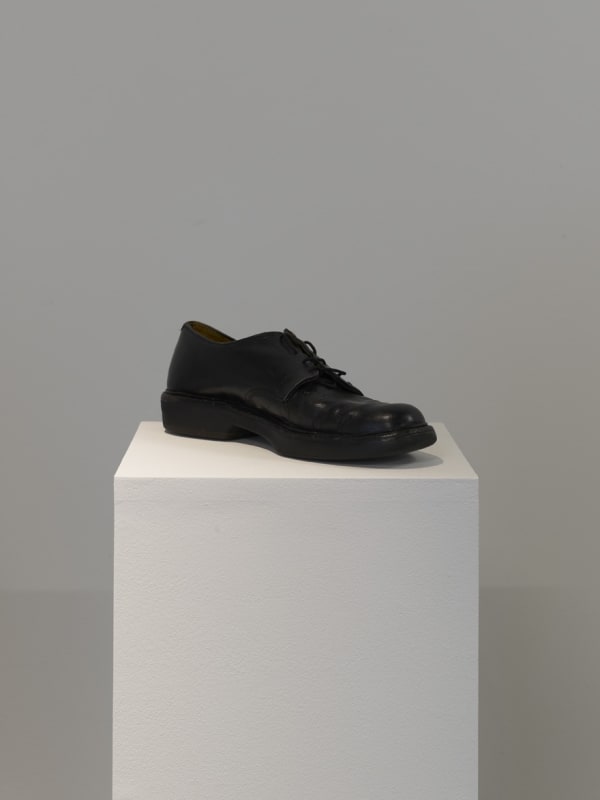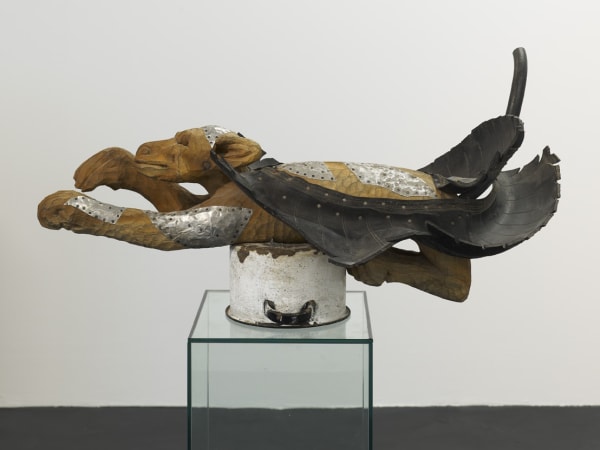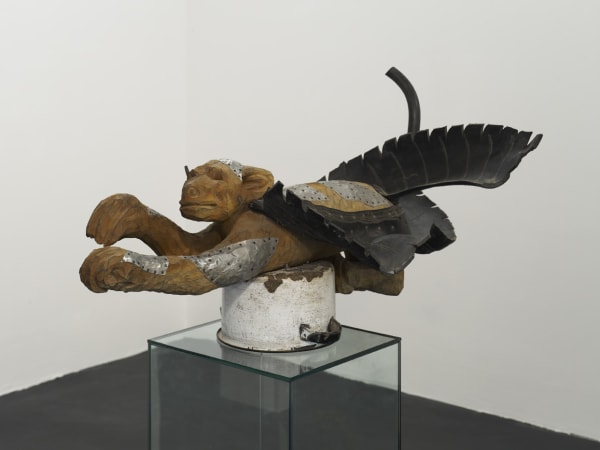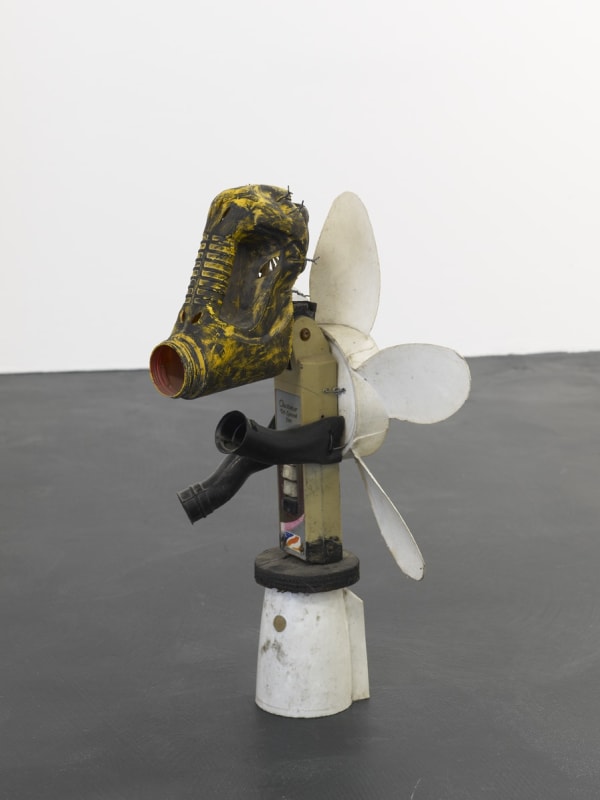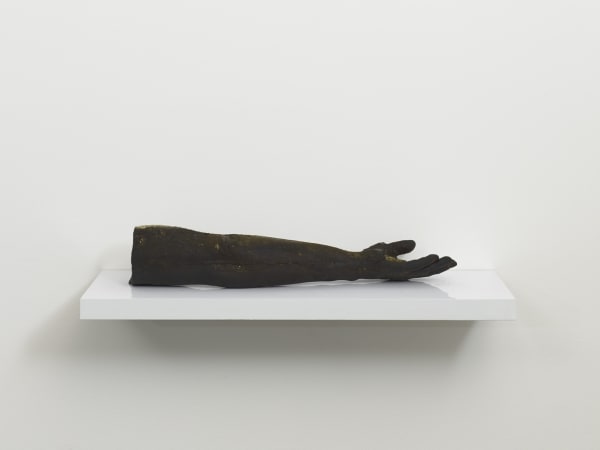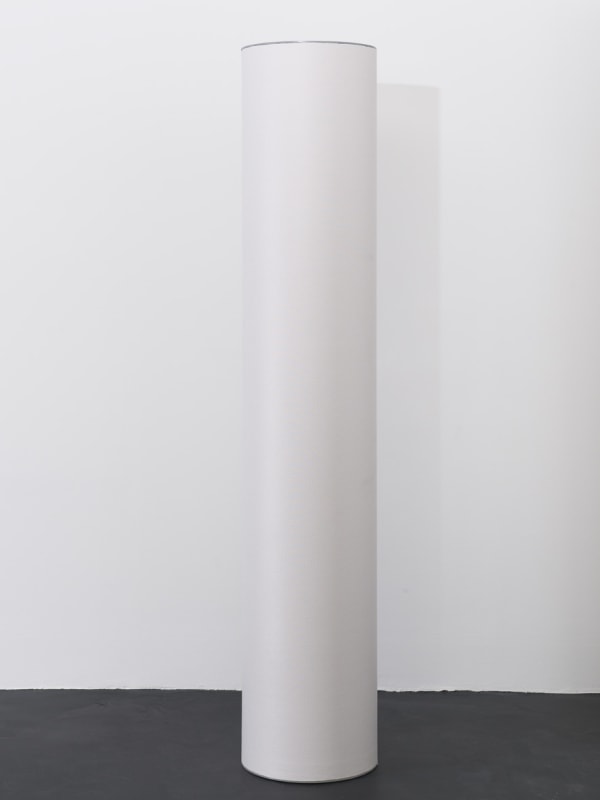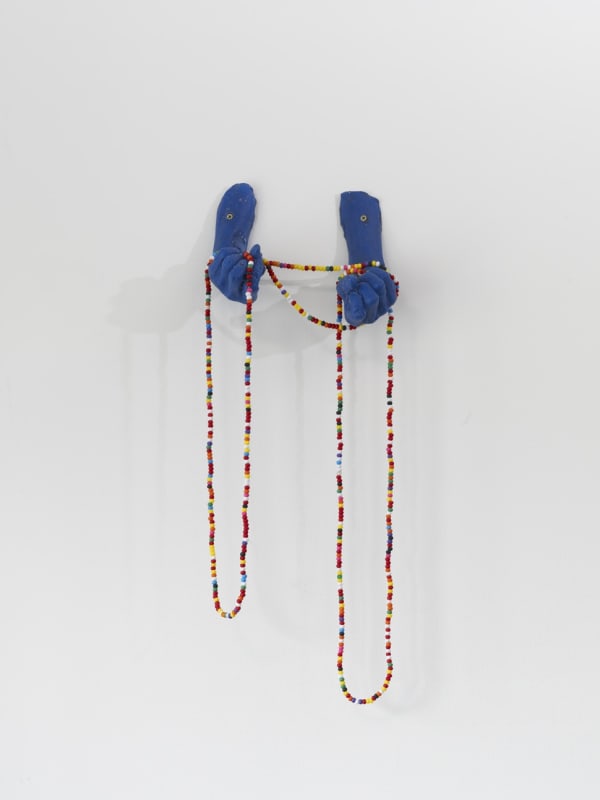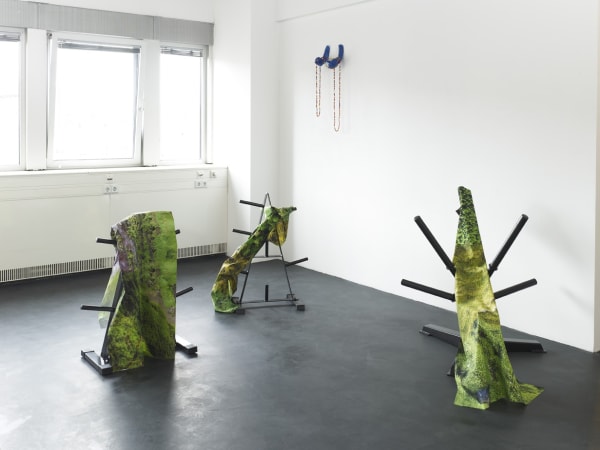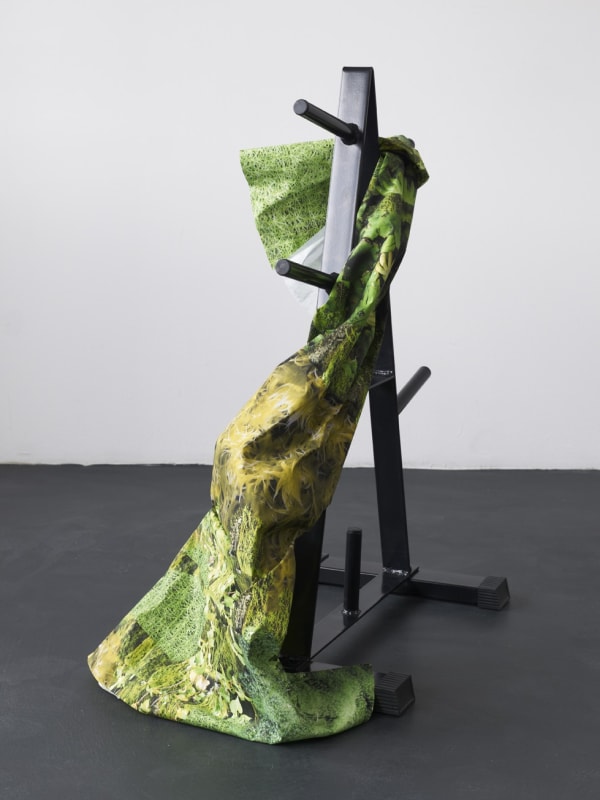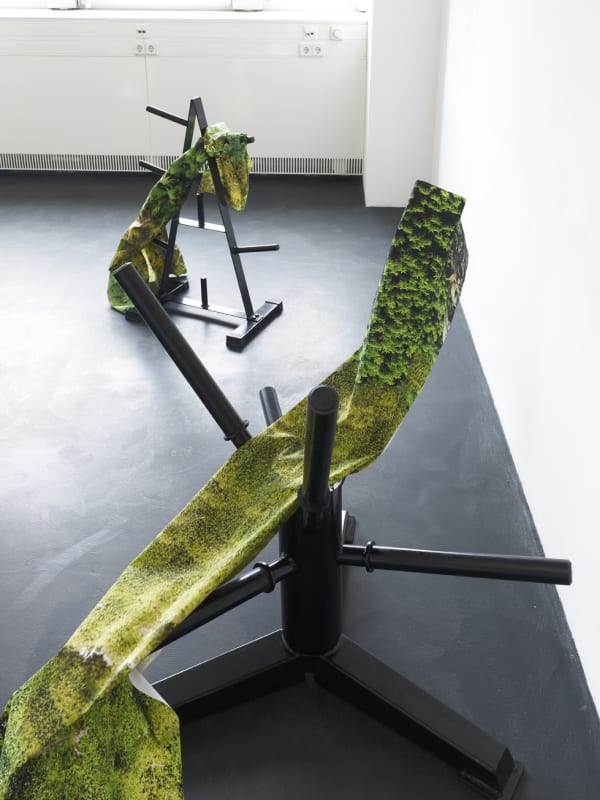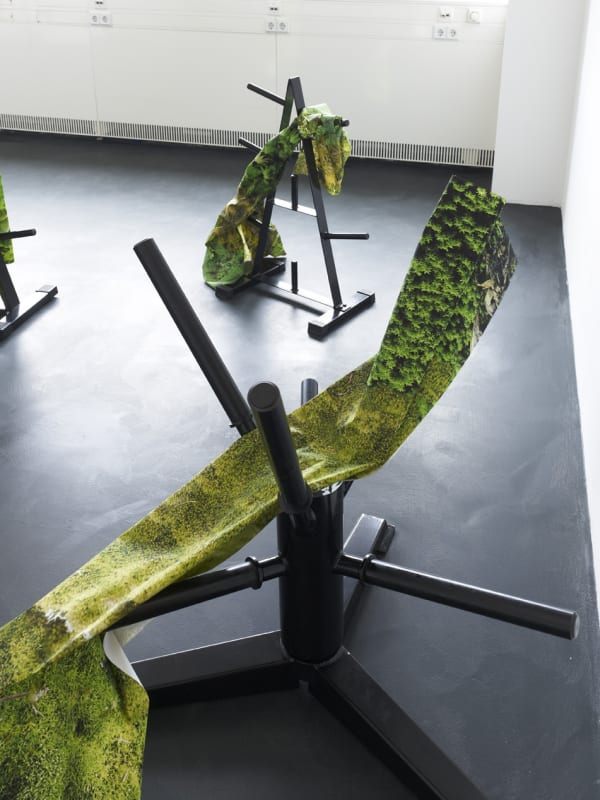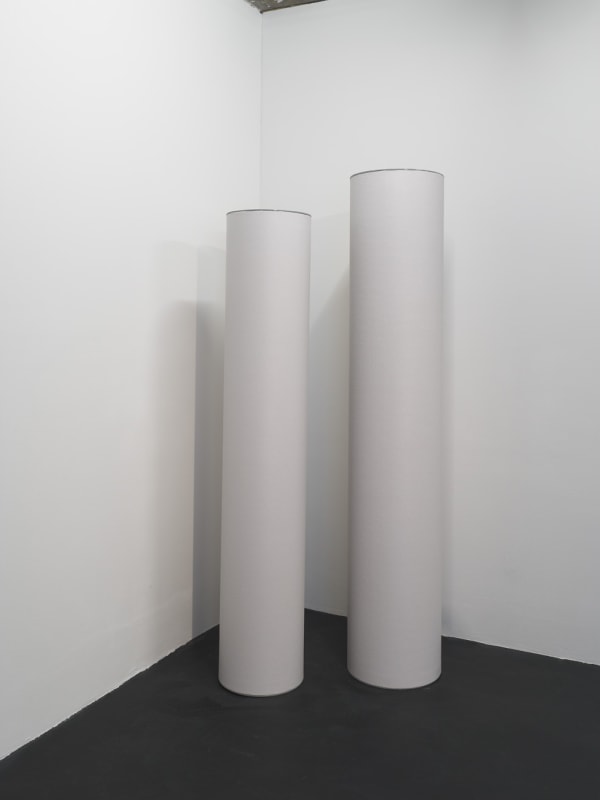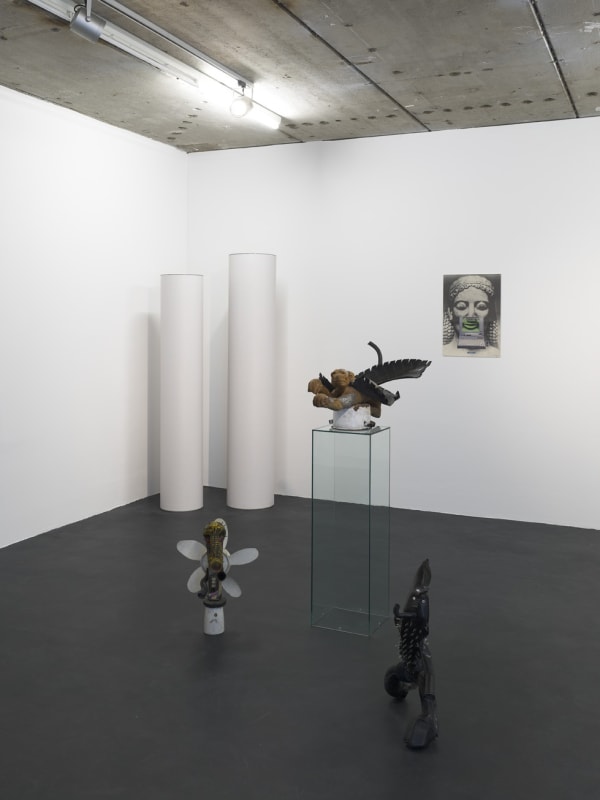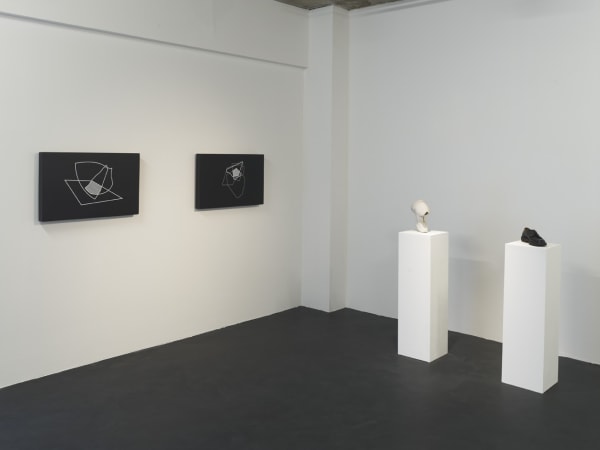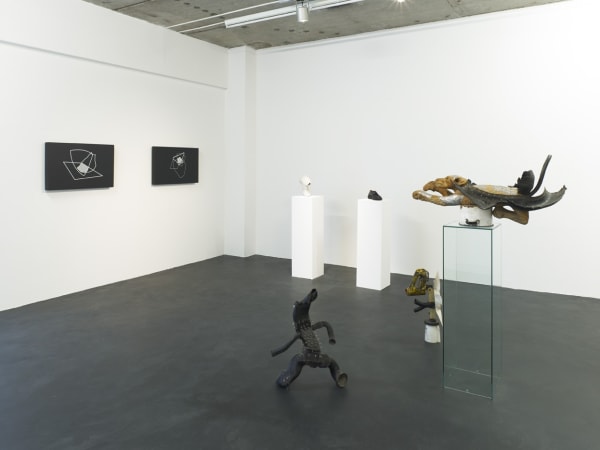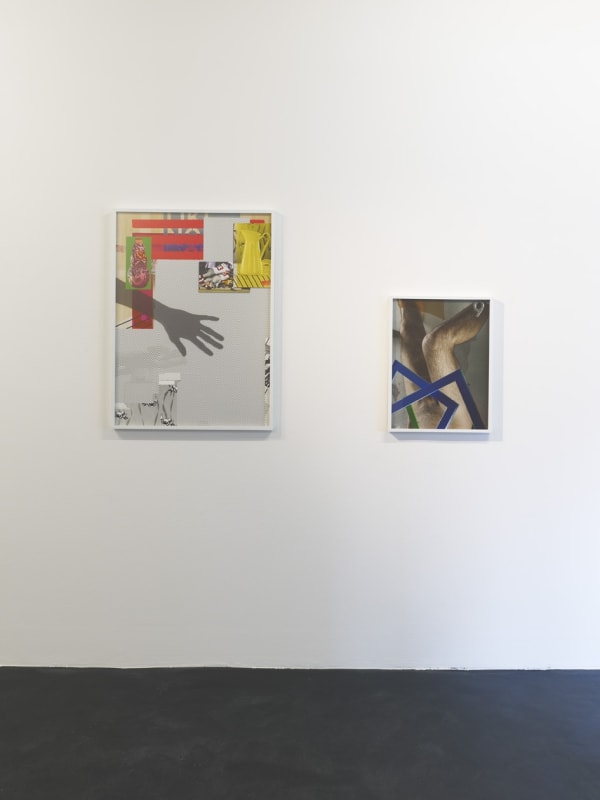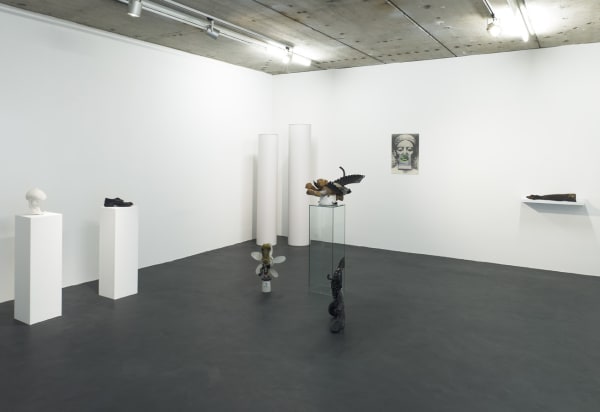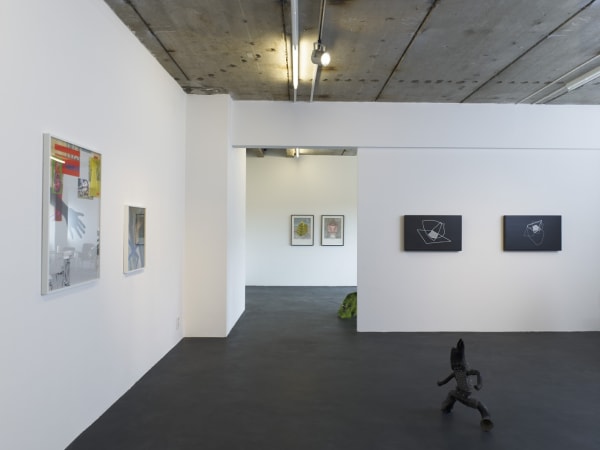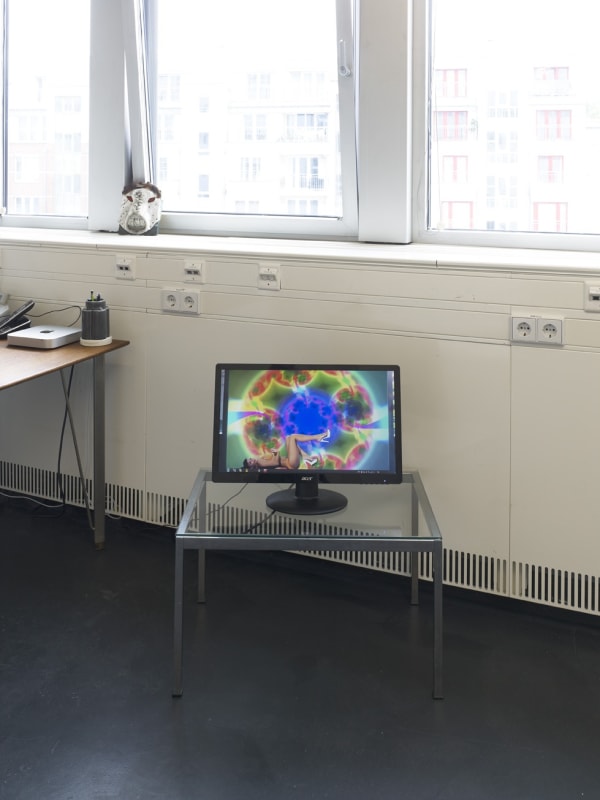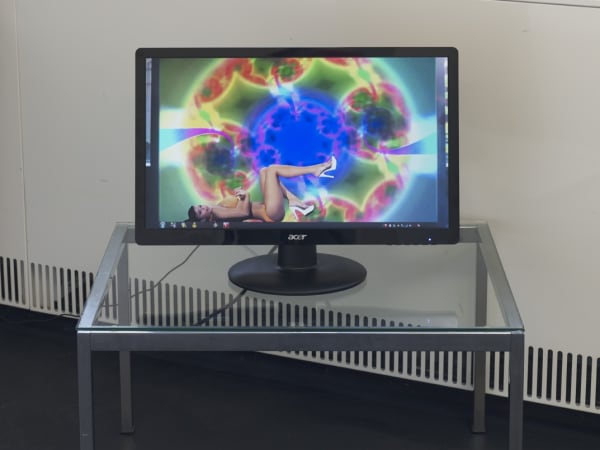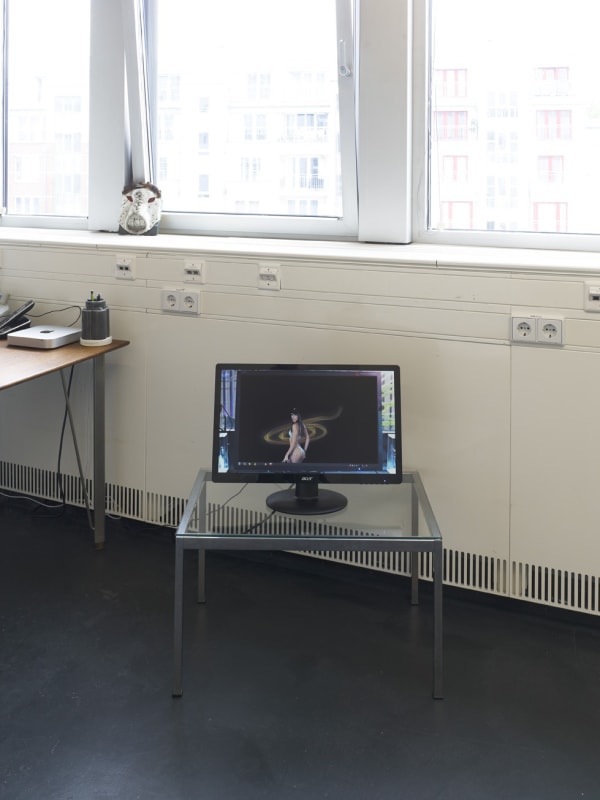The Still Life of Vernacular Agents is an assembly of works that come together to negotiate the following agenda:
High defnition imagery, digital manufacturing, genetic engineering, and increasingly refned forms of virtual communication foster the debate on how these new realms of hybrid mediators challenge our concepts of being and reality.
The schizophrenia of division – between culture and nature, subject and object, life and death – as introduced by the Enlightenment has already been detected. A critical break with the supposed tribal naiveté – that interpreted natural objects as signals for human affairs, and which likewise viewed human songs and magic spells as potential forces of nature – did not really take place. While modern society became comfortable in its empire of dualism, it actually never stopped producing hybrids and networks. Threatening the categories of rationality, they were sent off to populate repressed spaces and the unconscious of the modern mind.
The expanding network of agents that connects subjects and objects in multiple forms and changing constellations calls for a new preoccupation with these mediators that make things talk, and through which references can be mobilized.
Michele Abeles' photographic works oscillate between studio photography and digital amalgamation. Setting up the image in a process of stacking and piling up layers of backdrops, objects, bodies, surfaces and colour screens she engineers her photographs in an animated still life in which objectifcation and subjectifcation blend.
Fatima Al Qadiri’s sound work D-Medley from her latest album Genre-Specific Xperience, and the video by Thunder Horse Video interweave hybrid auditory and visual realms from the Brazilian electro-tropicalia movement. Addressing how Hélio Oiticica’s revolutionary concept of Tropicália was turned into a tropicalist mainstream fad that was content with proclaiming freedom as pop liberalism and wearing bell- bottoms, Al Qadiri creates subversive landscapes that further appropriate the original movement. As an immaterial chimera the sound piece interweaves varying sensuous correspondences and formations within the exhibition.
Lutz Bacher’s GIFT to a secret receiver, is part of an ongoing project where the artist sends selected objects to a circle of people in the art world initiating a bond between herself and the recipients that goes beyond a simple exchange of goods. Bacher’s gift in the exhibition is a reconstruction of a burned arm made of the forensic material ballistic gel. The scientifc cast of a human body blurs and questions the division between personal forms of exchange and the mechanisms of the art market.
Peter Coffn’s Untitled (shoe) is a 3D printed prototype of a shoe that has been scanned and virtually transformed according to the theory of embryonic development. The creation of an embryo of an old leather shoe in its frst trimester speculates how structures and concepts of the living world are applied to the world of things.
Celeur Jean Herard, Getho Jean Baptiste, Racine Polycarpe and Evel Romain from the collective Atis-Rezistans in Port-au-Prince, Haiti, produce paintings and sculptural collages from found objects and discarded materials of western civilisation. Their work is informed by their cultural heritage of Vodou. Vodou defnes the individual person as a web of relationships that includes family, ancestors and spirits. Vodou rituals are carried out to adjust or to activate this relational web. Within the ritual system objects, sounds and gestures are highly metaphoric references that concretize relational states between the living the dead and the spirits. In the work of Artiz-Rezistans the unsuitable shoes and broken electronic devices assemble as rising spectres. Their sculptures are animated not by ancient spirits but by the agency they express through their particular materiality. As artists living and working in the slum of Port-au-Prince and facing the exclusion from the globalised market Artiz-Rezistans create spectres that set out to infltrate and challenge the dominating political and economical forces.
For the Italian designer and founder of the famous Memphis group Ettore Sottsass design was not simply a matter of function but a mean to place humans in contact with the universe. Sottsass studied antique civilizations, visited their ruins and was intrigued by their ability to create powerful symbolic systems of drawings, decorations and paintings. His iconic, totem like furniture, ceramics, domestic objects, computers and typewriters offer an alternative to the rationalist design and are characterised by fluid, conceptual and mystical approach towards design.
Adriana Lara is interested in the screen as an object and a medium before any image or message appears; the screen as an emancipated surface with its projection yet to come. Lara’s Tube Scryyns are sculptures and paintings at the same time. They refer to digital modes of image production and reception. Interesting Theories turn the plasma monitor into a painting that displays theories visualized through diagrams. The theories themselves, the messages, are not specifed. Instead they become pure signs without referents; placeholders for speculations about reality.
Katja Novitskova’s series of sculptures titled Apical Dominance 1- 3 are made of weight stands that can usually be found in ftness clubs and fabrics imprinted with a virtually bonded landscape from various species of moss. Inspired by the neo- materialist philosophy of Mexican scholar Manuel De Landa who aims to rediscover objects and our environment by using the human senses and science Novitskova is interested in human-made artifacts such as products, images and the expanding digital environments as forms that co-exist in complex ecologies of matter and value.
Michele Abeles (born in 1977) lives and works in Brooklyn, New York is a visual artist who investigates photo-based practices imaging landscapes, interiors, portraits, and staging tableaux, along with video shoots that she refers to as circular or repeating in form. Her current series C. NOBODY (2011), and Caught in a Secret History (2010) offer displaced, luminous, yet banal constructed subjects that exist between performance and the real.Abeles's work has most recently shown in Bidoun magazine, The Sculpture Center, MOMA PS 1, Prague Biennale, and White Columns, in a collaborative exhibition featuring Margaret Lee.
Lutz Bacher lives and works in Berkeley, California since the 1970s. In her work Bacher uses readymades in unexpected ways to pose questions that remain inscrutable, and no answers are offered. Solo exhibitions include Alex Zachary, New York (2012), PS1/MOMA, New York, (2009); Kunstverein München (2009); Contemporary Art Museum, St. Louis (2008), Taxter & Spengemann, New York,(2008); Ratio 3, San Francisco, (2007); Group exhibitions: Whitney Biennial, Whitney Museum of American Art, New York, 2012; The Metropolitan Museum of Art, New York; PS 1/MomA, New York, (2006)
Peter Coffn (born in 1972) lives and works in New York. His artwork often integrates an informal objectivity with the subjective to generate a dynamic between the two. Coffn has mounted solo exhibitions at Herald St. Gallery, London (2011), Galerie Emmanuel Perroin, Paris, (2010), Manhattan’s City Hall Park with the Public Art Fund (2009 – 2010), the Centre d’art Contemporain d’Ivry, Paris (2010), the Barbican Gallery, London (2009), the Aspen Art Museum, Colorado (2009), the CCA Wattis Institute for Contemporary Art, San Francisco (2009), Centre d’Art Contemporain, Fribourg, Switzerland (2009), Andrew Kreps Gallery, NY (2008), Palais de Tokyo Museum, Paris, France (2007), Palais de Tokyo, Paris (2007), le Confort Moderne, Poitier, France (2007) and the Horticultural Society of New York (2007). Currently Coffn is a Smithsonian Research Fellow and is preparing solo exhibitions with the Schirn Kunsthalle in Frankfurt and the Hirshhorn Museum in Washington D.C. in 2013.
Adriana Lara (born in 1978) lives and works in Mexico City. Her works have been on show at documenta (13), Gaga Fine Arts in Mexico, the Utah Museum of Fine Arts in Salt Lake, the Basel Kunsthalle, the Palais de Tokyo, and the Galeria Comercial Puerto Rico. She founded Perros Negros, a curatorial project with Fernando Mesta as well as Lasser Moderna, a musical project with Emilio Acevedo
Katja Novitskova (born 1984) is an artist and curator born in Tallin, Estonia and currently based in Amsterdam. In her project “Post Internet Survival Guide” (2010), Novitskova and her collaborators collectively gathered images and texts from the Internet to create a book that attempts to “interpret and index this ocean of signs” in order to present us with strategies of “survival.” Recent group exhibitions include: Katja Novitskova and Timur Si-Qin, CCS Bard Galleries, NY, USA; Hotel Palenque, French Riviera, London; Mawu-Lisa, New Gallery London, UK; Oggetto Soggetto, Centro de Arte 2 de Mayo, Madrid, Spain; Recent curatorial projects include: Post Internet Survival Guide, Future Gallery and Gentili Apri, Berlin; TruEYE surView, W139, Amsterdam.

